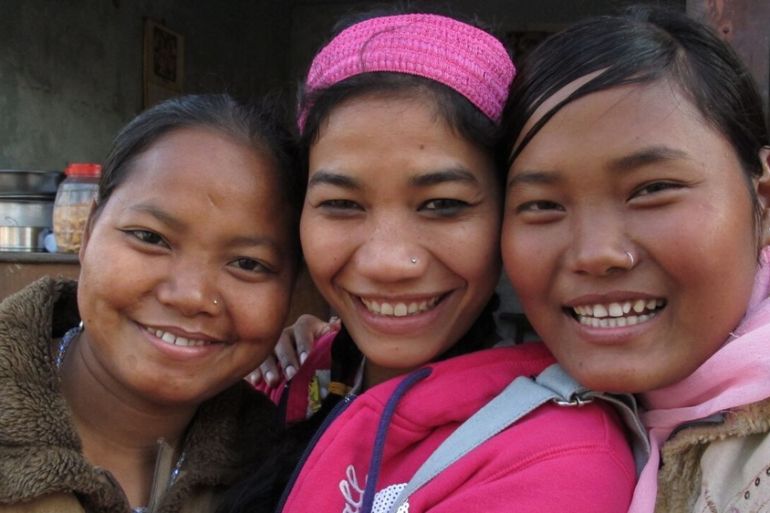
Urmila: Saving Girls from Slavery in Nepal
A former slave fights for the rights of girls sold into slavery while pursuing her own dream of becoming a lawyer.
Editor’s note: This film is no longer available to view online.
Urmila Chaudhary wants to change Nepal. The 23-year-old woman fights against centuries-old social structures with one goal: to end child slavery in her country.
Keep reading
list of 4 items‘More mainstream’: In the UK, push for slavery reparations gains momentum
Paradise prison: How 107 Bangladeshis became enslaved on a Pacific island
A tale of two cities: Diaspora influx hikes cost of living for Ghanaians
At the age of six, Urmila’s family sold her to become a household slave, or kamlari, in the Nepali capital of Kathmandu. Every year, her parents received money from her enslavers, for whom Urmila had to work up to 15 hours every day.
Urmila was freed at age 17. Now, she is on a quest for justice. Together with her fellow campaigners, she frees girls from captivity, makes demands of the prime minister to end slavery, holds press conferences and travels internationally.
Back at home in Ghorahi, she tries to complete the next year at school. She wants to be a lawyer. But she realises that in order to make her own life choices she must break through the control of those around her.
![Sarmila, who doesn't know her own age, was saved from slavery by Urmila [Screengrab/Al Jazeera]](/wp-content/uploads/2017/10/31d89d6c67e64910bead3d9be6b54435_18.jpeg)
FILMMAKER’S VIEW
By Susan Gluth
Eleven years of Urmila’s life were spent in captivity, without positive attachment figures, without love and affection and full of physical and mental cruelty.
Where did she get her incredible strength from – her ability to feel empathy and social responsibility? Why was she able to survive those years in slavery without being broken by them?
My aim was not to produce a film that would inform people about slavery and human trafficking in Nepal.
It was to tell the story of a young woman who was at rock bottom, but nonetheless managed to get back on her feet again, for herself and for others. Now, Urmila is in the process of finding her own path in life.
The demons of the past remain Urmila’s constant companions. It is difficult for the former kamlari to speak in detail about what happened to them. Urmila’s memories are shown through the scenes of the trauma theatre. In the film, we have assembled scenes showing the everyday lives of former slave girls acted out by themselves in order to show how what happened continues to lurk – that the trauma is still there.
The demons of the past remain Urmila's constant companions.
Child labour and exploitation are still relevant topics in Nepal.
Following the April 2015 earthquake, human trafficking from Nepal to neighbouring India has spiked. The earthquake has left many parents dead or homeless and desperately poor, making it easy for people smugglers to lure children across the border with tempting promises.
And during your next trek in the Himalaya, take a look at who is serving your tea. In many cases, they will not be the children of the hut operator.
This film was shot between January 2012 and September 2015. I travelled to Nepal eight times in these years, visiting Urmila more or less every six months. I tried to get as close to Urmila as she would let me. We rescued the little girl from the bus and we cried together on the bed when Urmila failed her School Leaving Certificate exam.
I never applied for a “shooting permit” which foreigners need to shoot a professional film in Nepal. They would have never given it to me because of the sensitivity of the topic. So during my visits to Nepal, I was constantly at risk of ending up in jail.
I had a great team behind me, even if I was often shooting alone in Nepal. But many wonderful people in Nepal helped make this film possible. There are many strong women in the country who, step by step, are gaining power. They will change the country for the better so that the future might be brighter for everyone.